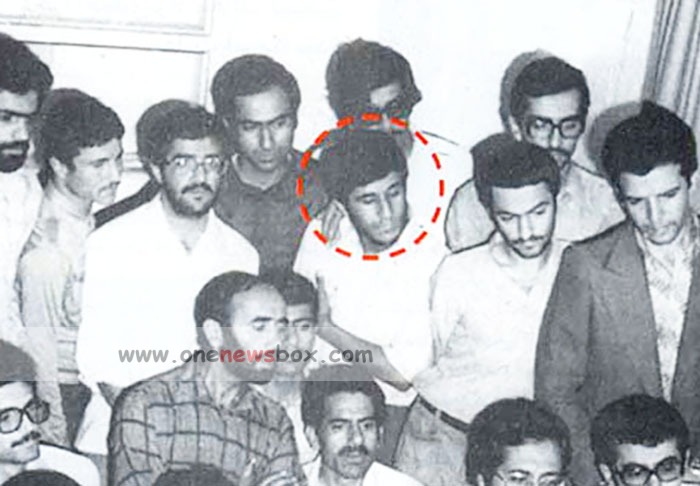His economic policies, particularly the subsidy reforms, had mixed results. While they aimed to create a more sustainable economy, they also led to significant inflation and economic instability. His foreign policy approach, characterized by anti-Western rhetoric and alliances with other anti-Western leaders, further isolated Iran on the global stage.
The 2009 election and subsequent crackdown on protests remain a dark chapter in his presidency. The government’s response to the Green Movement highlighted the limitations of political freedom in Iran and led to increased repression of activists and journalists.
Conclusion
Mahmoud Ahmadinejad remains a polarizing figure in Iranian politics. His tenure as president was marked by significant economic, political, and international challenges. While he positioned himself as a populist leader committed to social justice and national sovereignty, his policies often led to economic hardship and political unrest. His impact on Iran’s modern history is undeniable, and his role in shaping the country’s domestic and foreign policies will continue to be analyzed for years to come.

